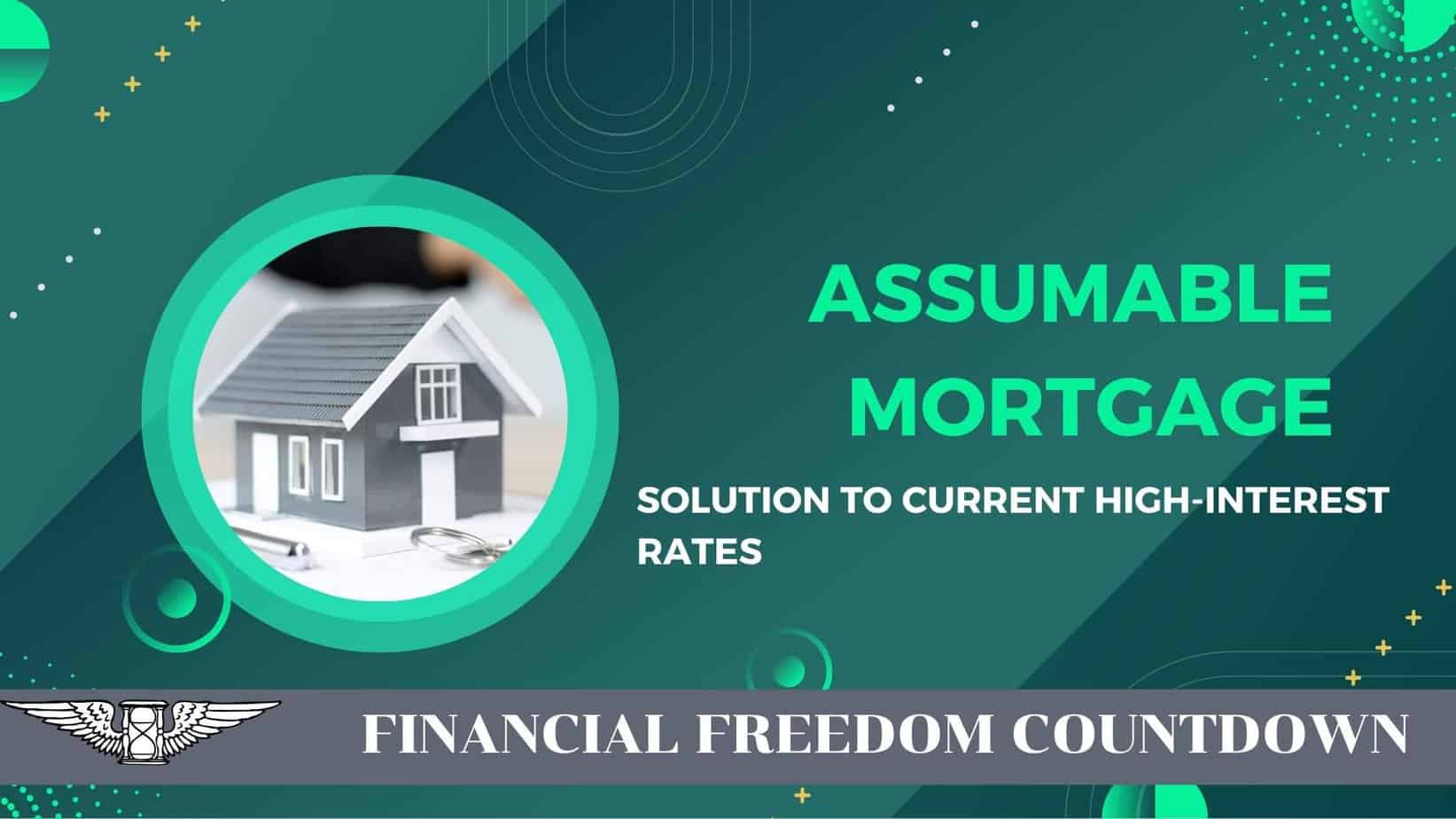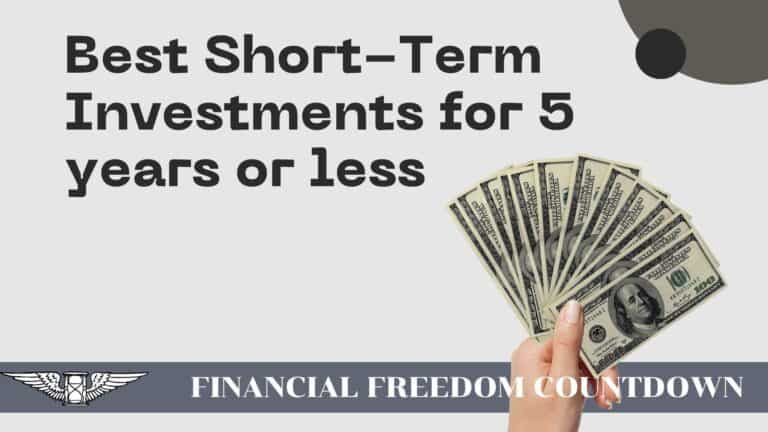With Current Mortgage Rates Above 7%, a Startup Is Offering Access to Mortgages As Low as 2%

Would you now buy a home if you could sign up for a mortgage at 3%? A startup is working on helping home buyers buy a house and take on the existing low mortgage rate of the home being purchased.
Housing Market Frozen
Mortgage rates have increased significantly in the last two years, reaching above 7%. The decrease in affordability for buyers due to high financing costs has reduced demand in the housing market. The current substantial shortage of new listings is due to the homeowners retaining their relatively low mortgage rates.
According to Redfin, approximately 62% of properties have a mortgage rate below 4%. If buyers could lock in a purchase at these low rates today, it would present a substantial cost savings opportunity for them.
Assumable Mortgages Could Be an Option
When selling their homes, borrowers typically utilize the proceeds to settle their outstanding mortgage balance. This is a common requirement in most loan agreements.
However, there are instances where certain mortgages, like those insured by the Federal Housing Administration (FHA), Department of Veterans Affairs (VA), and U.S. Department of Agriculture (USDA) allow homebuyers to “assume” the seller’s debt.
With an assumable mortgage, the buyer assumes the seller’s existing mortgage, maintaining the interest rate, payment schedule, and loan balance. This strategy can be advantageous during periods of rising rates, allowing the borrower to secure a mortgage rate significantly lower than what they would qualify for with a new home loan.
Assumable mortgages have been a niche part of real estate investing but have yet to be used widely by homebuyers. Keep in mind, though, that not all home loans are assumable. Most conventional mortgages aren’t.
However, if specific requirements are met, FHA, VA, and USDA loans can be assumable. The seller must obtain lender approval for an assumable mortgage in the case of FHA and VA loans.
Although FHA loans have mortgage insurance premiums, the advantage for buyers is that FHA loans mandate a smaller down payment of 3.5%, making it an appealing and comparatively affordable choice for first-time home buyers. Furthermore, FHA mortgages are deemed more accessible to buyers who do not have excellent credit scores.
The borrower must meet the military service requirements when obtaining a VA loan. However, the new borrower is exempted from fulfilling military service requirements when assuming a VA loan. Consequently, non-veterans are eligible to assume a VA loan.
If a civilian assumes a VA loan, the veteran’s VA entitlement remains attached to the loan until the loan is paid off. And if the seller’s VA entitlement would stay bound to the loan, it would prevent them from using it elsewhere until the loan is paid off.
However, if another qualified military buyer assumes the VA loan, the seller can take a new VA loan for their next home purchase.
Startup Offers a Solution
Assumable mortgages are not a new phenomenon. They have always been part of creative real estate financing strategies investors use. However, loan assumptions are challenging to execute. Several lenders exhibit reservations towards this concept due to the associated increase in workload and decrease in their payout.
Roam, the platform for purchasing a home with an assumable low-rate mortgage included, has officially launched its service in select markets of GA, AZ, CO, TX, and FL, with plans to expand to new markets soon.
Roam aims to streamline the process, handling the necessary paperwork and bureaucratic formalities. By working directly with the seller’s mortgage company, Roam acts on behalf of both the buyer and seller, ensuring a smooth and efficient transaction.
Practical Challenges Loom
In theory, the assumable mortgage concept holds significant merit, particularly for prospective homebuyers who have become disheartened, as they have the potential to obtain a mortgage at a reduced interest rate.
However, in practice, lenders delay processing assumption loans since they only receive a few hundred dollars, significantly less than what they earn for originating a new mortgage. The lender would prefer the house sold to a new buyer without assuming the mortgage. This enables the lender to recoup the below-market mortgage and issue a new mortgage to the buyer at the prevailing market rate of over 7%.
The second challenge is for the buyers to come up with the difference between the original loan amount and the new sale price. Consider a property valued at $1,000,000 with an assumable mortgage balance of $600,000. Even after assuming the mortgage, the buyer must still provide $400,000 to make up the difference. If the cash down payment of $400,000 at closing is impossible, the seller must take out a second mortgage at prevailing interest rates. This is one of the many reasons assumable mortgages have been considered an advanced real estate investing strategy.
Roam plans to facilitate lender recommendations for additional financing. Also, Roam would recommend homes with a loan-to-value ratio of at least 50%, which would filter out $1,000,000 homes with only a $100,000 mortgage balance. Even with a second mortgage, the blended rate for the new home buyer should be lower than the current mortgage rates.
In return for its services, Roam charges buyers a fee equivalent to 1% of the purchase price in the form of closing costs. Current listings on the website indicate 567 homes in Atlanta, GA, and 811 homes in Tampa, FL.
“It’s not that home prices are too high; prices and interest rates are both high. If interest rates were at 5%, my clients could buy now,” says Jonathan Bird, CFP from Farnam Financial. Hopefully, assumable mortgages can help thaw the housing market.

John Dealbreuin came from a third world country to the US with only $1,000 not knowing anyone; guided by an immigrant dream. In 12 years, he achieved his retirement number.
He started Financial Freedom Countdown to help everyone think differently about their financial challenges and live their best lives. John resides in the San Francisco Bay Area enjoying nature trails and weight training.
Here are his recommended tools
Personal Capital: This is a free tool John uses to track his net worth on a regular basis and as a retirement planner. It also alerts him wrt hidden fees and has a budget tracker included.
Platforms like Yieldstreet provide investment options in art, legal, real estate, structured notes, venture capital, etc. They also have fixed-income portfolios spread across multiple asset classes with a single investment with low minimums of $10,000.





